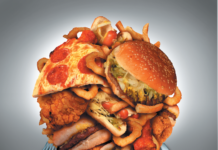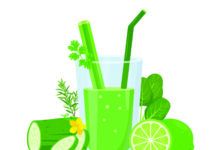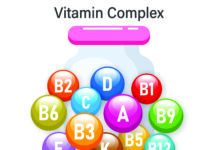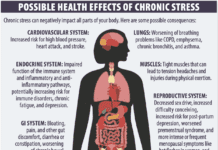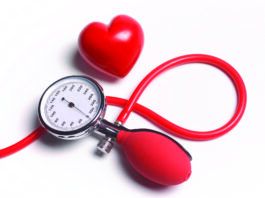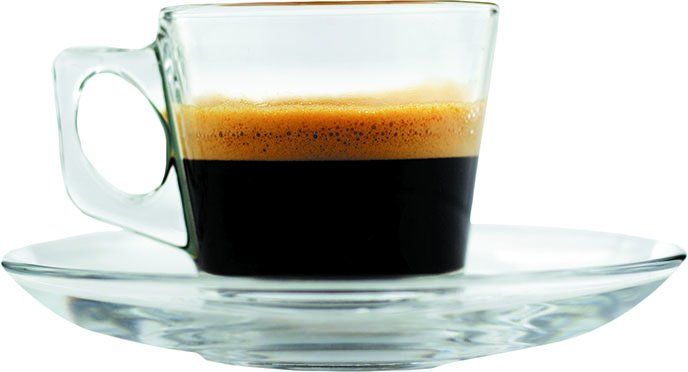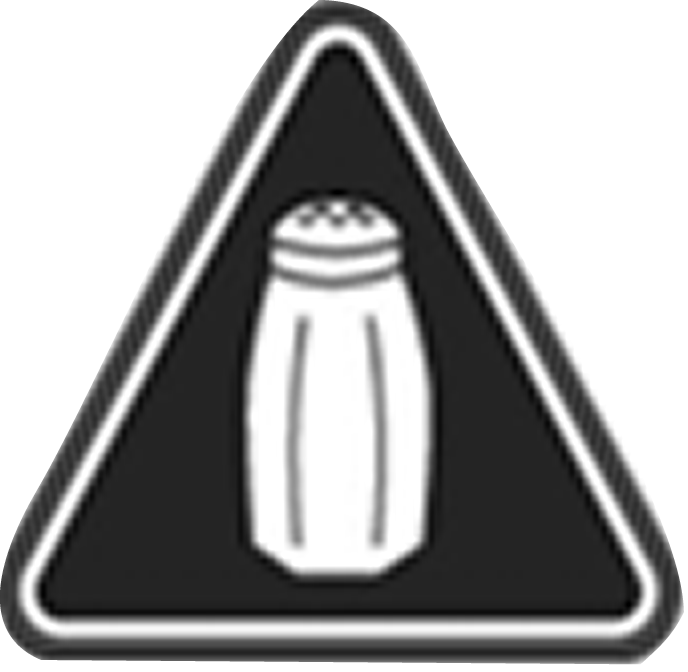FDA Proposes Labeling Daily Value for Added Sugars
Following up on a proposal to list added sugars on revamped Nutrition Facts labels, the US Food and Drug Administration called for also expressing those amounts as a percentage of a recommended maximum Daily Value (DV). The plan would use a guideline of no more than 10% of calories from added sugars; for a 2,000-calorie daily diet, that means a DV of 50 grams. For clarity, the FDA also said it was considering whether to use total sugars on the label rather than just sugars if the listing is expanded to break out added sugars.
Americans Still Falling Short on Produce
Despite expert advice to eat more fruits and vegetables, Americans still arent putting enough produce on their plates. A new state-by-state report from the Centers for Disease Control and Prevention (CDC) says that overall, 13.1% of respondents consumed at least the recommended 1.5-2 cups daily of fruit, ranging from 7.5% in Tennessee to 17.7% in California. Only 8.9% overall met the 2-3 cup daily vegetable recommendations, ranging from 5.5% in Mississippi to 13% in California. The report used 2013 data from the Behavioral Risk Factor Surveillance System, a telephone survey with more than 370,000 valid responses. The survey asked about frequency of intake; the CDC then used equations to estimate intake in cup equivalents, as used in dietary recommendations.
Calculating Human Toll of Sugary Drinks
Consumption of sugary drinks may lead to an estimated 184,000 adult deaths each year worldwide, according to research recently published in the journal Circulation. Many countries in the world have a significant number of deaths occurring from a single dietary factor-sugar-sweetened beverages, says Dariush Mozaffarian, MD, DrPH, senior author of the study and dean of Tufts Friedman School. Dr. Mozaffarian is also editor-in-chief of the Health & Nutrition Letter. It should be a global priority to substantially reduce or eliminate sugar-sweetened beverages from the diet.
Chain-Restaurant Calorie Counts Delayed
Responding to pleas from the restaurant industry, the US Food and Drug Administration pushed back its deadline for chain eateries and other food outlets to post calorie counts on their menus. The delay, to Dec. 1, 2016, gives restaurants with 20 or more locations, movie theaters, vending-machine firms, amusement parks and supermarkets with takeout food an extra year to comply. Pizza parlors had been especially vocal against the rule. Even some supporters cited the lack of a key guidance document from the FDA, with less than six months to go, as necessitating a delay. Others, however, said the extension only gives the restaurant industry more time to lobby against the rule ever going into effect. (For tips on healthy eating out, see this issues special pull-out supplement.)
Four Cups of Coffee OK-But Watch the Energy Drinks
After the fourth espresso, maybe its time to switch to decaf. Thats the message from European Union (EU) food-safety regulators, who for the first time recommended that adults should keep their daily caffeine intake below 400 milligrams. Four standard espressos (or two and a half Starbucks venti lattes) would add up to about that much, but regulators are actually more concerned about less-traditional sources of caffeine, including colas and energy drinks. The findings were similar to the recent Dietary Guidelines Advisory Committee report. An EU spokesperson said, The main message of the report is that consumers must account for caffeine consumption from sources other than coffee. The health risk is not enormous, but it exists.
Tracking Veggie Trends
Although American farmers, responsible for four-fifths of the vegetables we eat, produced 5% more last year, American consumers arent eating more veggies. A recent US Department of Agriculture report says vegetable consumption was almost flat at about 1.6 cups per capita. The report did reveal a few encouraging shifts in consumption, however, with slight declines in the popularity of fresh white potatoes and processed potatoes, iceberg lettuce and sweet corn. Among the generally more nutritious veggies trending up are Romaine and other lettuces, sweet potatoes, cauliflower, carrots, asparagus and artichokes.
USDA Offers Voluntary GMO-Free Labeling
As consumer groups lobby for mandatory labeling of foods with genetically modified (GMO) ingredients, the US Department of Agriculture is rolling out its first certification and labeling program for GMO-free foods. The program is voluntary and companies have to pay the agency for the certification. Currently, companies can label their foods as GMO-free, but there is no official government labeling other than the USDAs organic certification; all organic products are GMO-free, but not all GMO-free foods are organic. Many companies have adopted a private label verified by the nonprofit Non-GMO Project. Under the USDA plan, the agency would work with companies to certify non-GMO claims as part of its Process Verification Program, much as it now does with such labeling as humanely raised.
San Francisco Passes Soda Warning
You can still leave your heart in San Francisco, but officials would prefer that you leave your sugary soft drinks outside the city limits. The citys lawmakers approved a requirement that a label-similar to those for cigarettes-be placed on advertisements for sugary drinks. The warning, which would not be required on actual bottles or cans, would read: Drinking beverages with added sugar(s) contributes to obesity, diabetes and tooth decay. A separate measure under consideration at the state level would extend such a warning to the drinks themselves. San Francisco also passed a ban on ads for sugary drinks on public property and on using city funds to purchase such beverages.
Big Apple Flags Restaurant Salt
In New York City, Mayor Bill de Blasio unveiled a plan that would require many chain restaurants to attach a menu saltshaker icon (pictured) to any dish exceeding 2,300 milligrams of sodium-the entire days limit in a single meal. New York would become the first US city to adopt such a rule. Examples of dishes that exceed the 2,300-milligram level include Applebees chicken-fried steak (3,240 milligrams), TGI Fridays Jack Daniels Ribs (3,220 milligrams) and KFCs Famous Bowl (2,350 milligrams). By setting the bar so high, however, some experts noted the cautionary icon would not be required for items that nonetheless contain more than half a days sodium, such as McDonalds bacon and cheese quarter-pounder (1,380 milligrams) or Olive Gardens Florentine Rollatini with Chicken (1,510 milligrams).
Consumers Rate Food Preservatives and Chemicals as Most Harmful
Food manufacturers and franchises that are abandoning artificial preservatives and chemical additives are in sync with (or perhaps influencing) Americans attitudes, according to a new survey by CivicScience. The poll of 4,200 US consumers found worries about preservatives and chemicals in food topping all other concerns, including those with stronger scientific underpinnings. While 35% cited preservatives and chemicals when asked, Which of these do you feel is most harmful to your nutritional health?, only 15% said saturated fat and 13% said total sugar. Those were followed by sodium (9%), added sugar (8%), GMOs (7%) and carbs (4%). Another 9% picked, I dont see any of these as harmful to my health.

